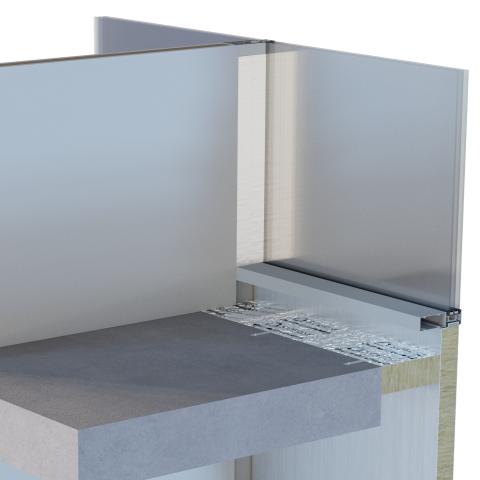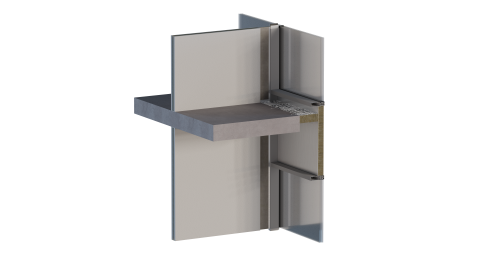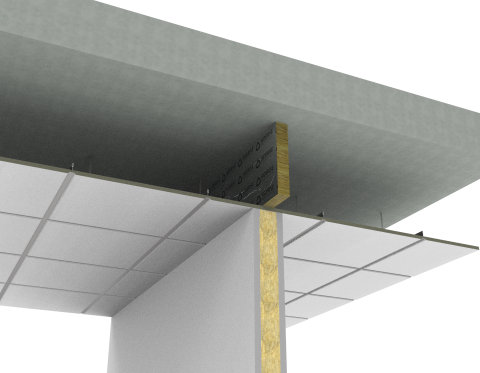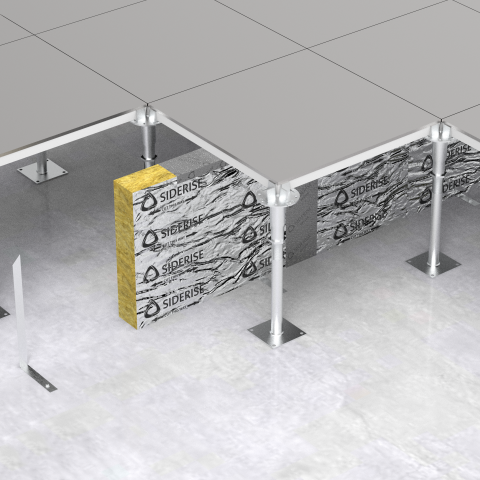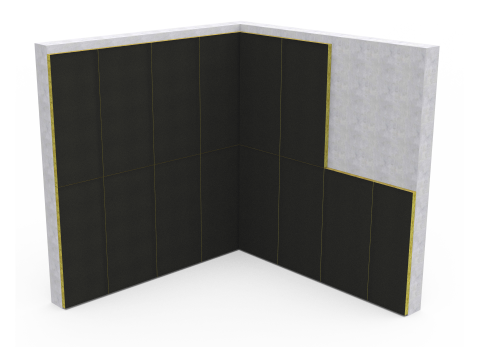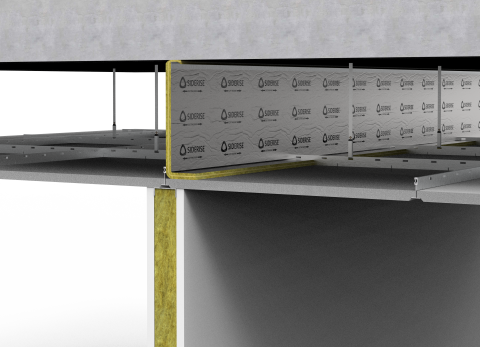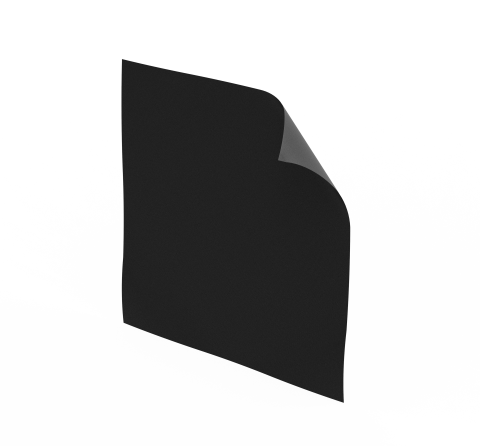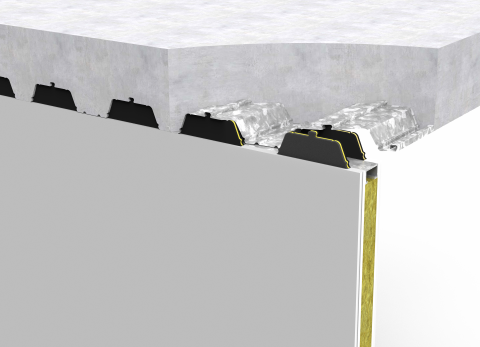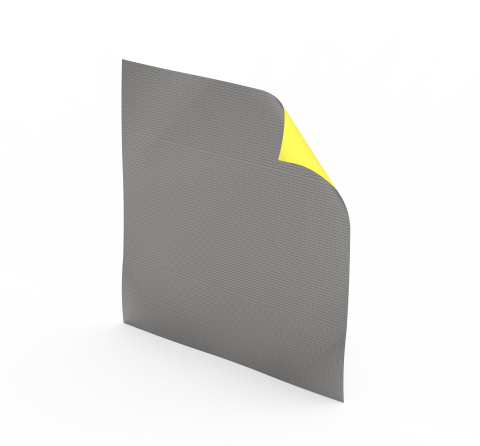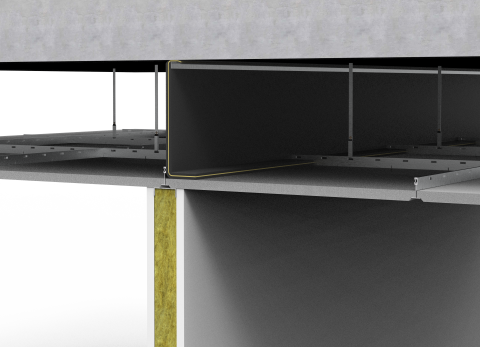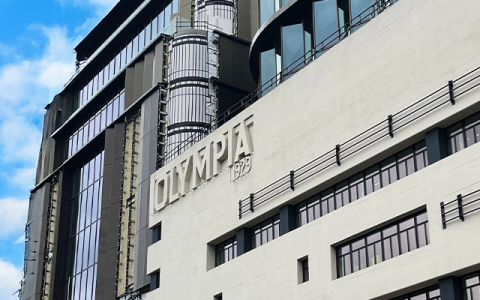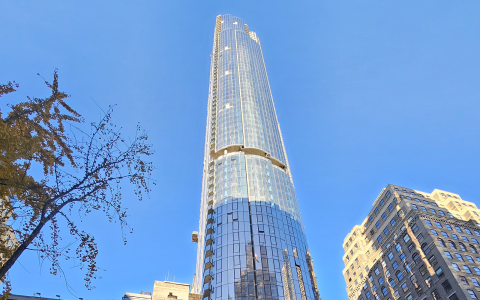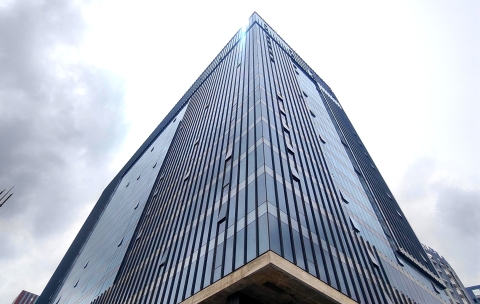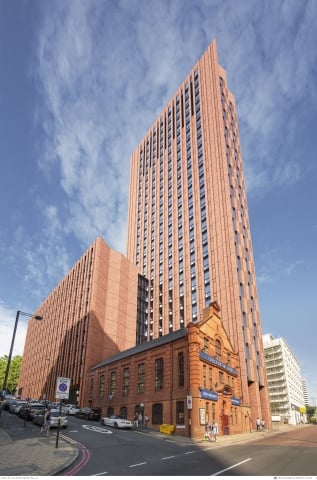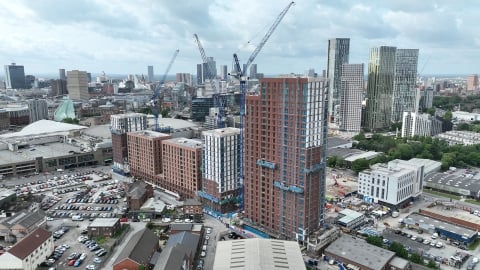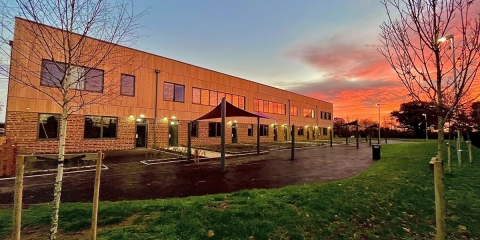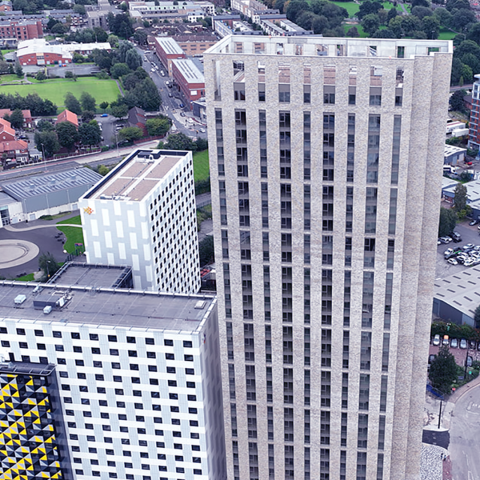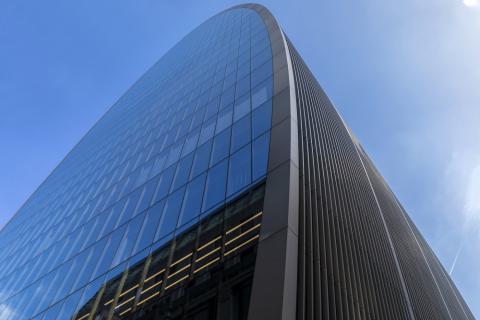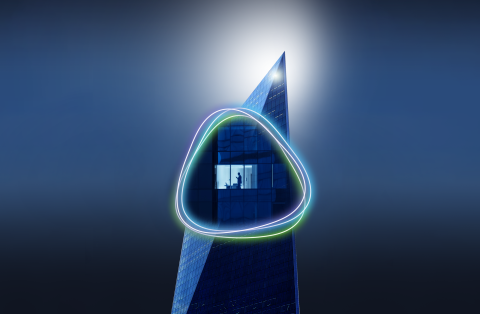Solutions for reducing room-to-room sound transmission
Acoustic treatments for building interiors
Unwanted noise from one part of a building to another can become a real issue in the living or working environment. If not designed out in the early blueprint stages of a building project, airborne and structural sound transmission can be become a real issue once the building is occupied.
We have a range of noise control solutions specifically engineered for controlling sound transmission between rooms for both new construction and existing buildings.

Contact us
We're here to help you
Talk to us
Call for our main switchboard
Ask technical
Email us for technical enquiries
Ask site services
Email us for site support
Complete a form
Complete the form for the right response
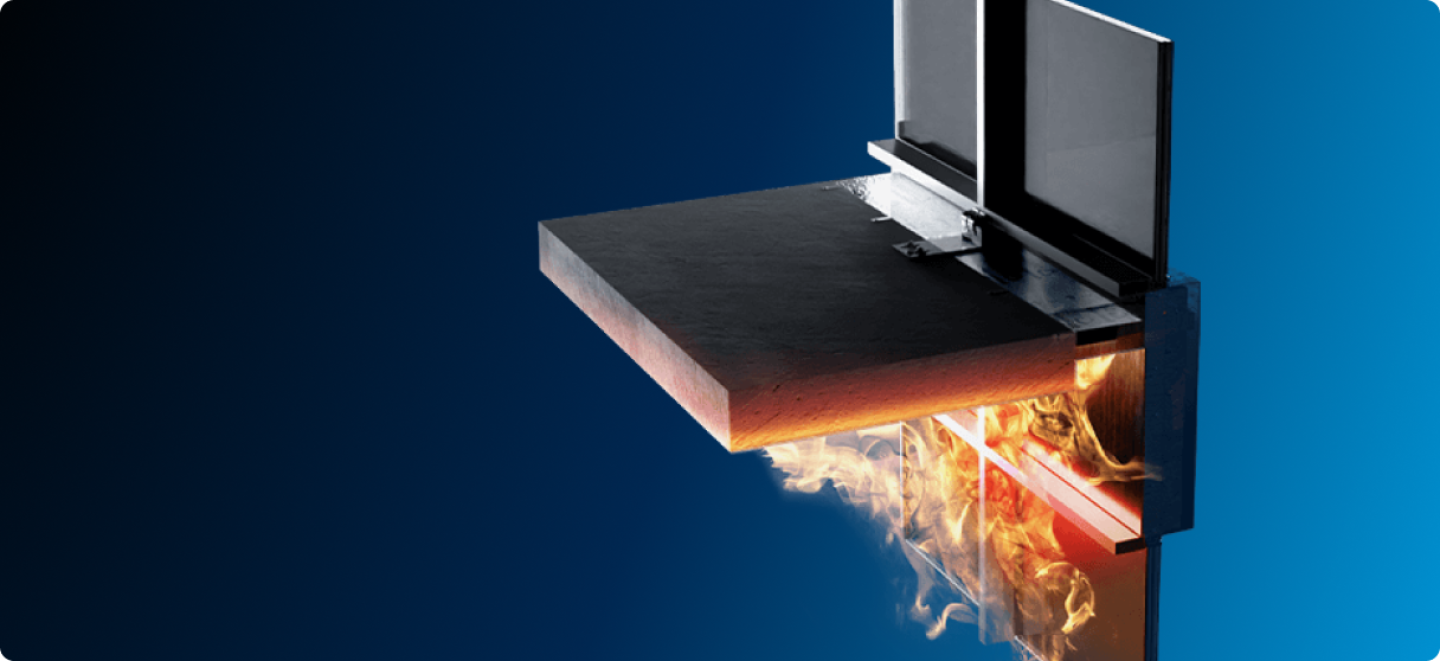
Passive fire protection solutions
Did you know we have a a range of passive fire protection solutions for curtain wall systems?
